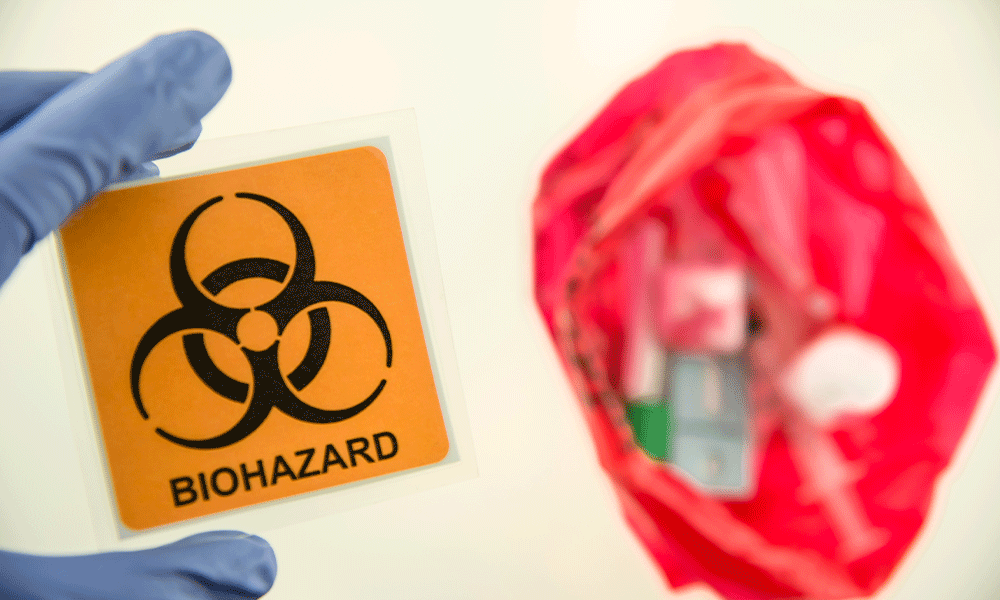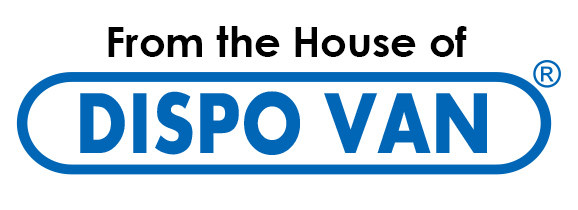

Do you know that in India, it’s estimated that one hospital bed generates anywhere between 1 to2 kilograms of medical waste per day? That’s over 700 kilograms per bed every year! With over 2 million hospital beds, the total comes to a staggering number. And that’s ignoring all the waste from clinics.
Syringes and needles constitute a significant chunk of medical wastes, of which we use around 400-500 crore units per year. Where does all this waste go? In some cases, it’s properly disposed of – recycled or burnt.
But in most cases, it’s improperly dumped, giving rise to many public health and environmental dangers.
Let’s explore the eye-opening and shocking impact of improper disposal of medical waste.
Healthcare Dangers
Even though healthcare professionals are in the direct line of fire of improperly handled medical waste, every individual in the waste stream, from administrative staff to waste handlers, are exposed to the risks. And yes, the risks are plenty. Here are a few of them:
- HIV, Viral hepatitis A (transmitted through faeces), B, C, and AIDS, which can be transmitted through items containing blood or body fluids such as syringes and needles
- Bacterial infections, Candida albicans, and Septicaemia can also be transmitted through items tainted with infected blood.
- Respiratory conditions such as tuberculosis, measles, Streptococcus pneumonia, all of which can be transmitted through inappropriate or illegal dumping of infectious waste
- Radioactive waste from chemotherapy can cause dizziness, headaches, intoxication, or poisoning in waste handlers.
- Gastrointestinal conditions like salmonella, cholera, Shigella, and helminths (parasitic worms) can be transmitted through medical waste contaminated with infectious vomit or faeces
The list above is in no way exhaustive. In fact, it can be considered the tip of the iceberg, with many other harmful healthcare dangers floating under the surface.
In addition, healthcare dangers only constitute a part of the problem. Improper disposal of medical waste also has a tremendous impact on the environment.
Environmental Dangers
Improper medical waste disposal also has its fair share of environmental impact. For starters, radioactive wastes from chemotherapy treatments don’t just harm humans but contaminate soil, water, and air. This can have a long-lasting negative impact on the environment.
Moreover, chemical residues from medical waste can disrupt many natural ecosystems. In worst cases, antibiotic and pharmaceutical residue can even contaminate the municipal water supply, which is a significant public health risk.
The Solution
Apart from the healthcare and environmental risks, the adverse effects of improper medical waste disposal can also harm your reputation and bring upon you many legal and financial adversities.
The first step to solving this problem is proper education of nurses, doctors, and other healthcare workers regarding the hazards of improper waste disposal. Additionally, waste management professionals must work diligently and continuously monitor operations to keep their waste management smooth and efficient.
Moreover, healthcare organisations can also adopt safety disposal devices to minimise human and environmental exposure to medical waste. For instance, HMD – a leading medical supplies manufacturer in India – has devised a Safety Box under its Kojak brand.
Using this safety device, doctors and nurses can dispose of medical sharps – which constitute a major chunk of medical waste – efficiently and in a way that ensures maximum isolation of the waste. With such devices, you can curb the spread of harmful blood-borne diseases like AIDS and Herpes and ensure that environment is not polluted.
Lastly, the government must put in place stringent regulations, with penalties and fines, to enforce safe and efficient country-wide medical waste disposal.
The Final Word
Undeniably, improper medical waste disposal can be pretty detrimental to workers, the environment, and your organisation. But by adequately spreading awareness, using safety tools, and following regulations, you can ensure optimum worker safety, minimal damage to the environment, and a long-lasting positive reputation for your institution.

